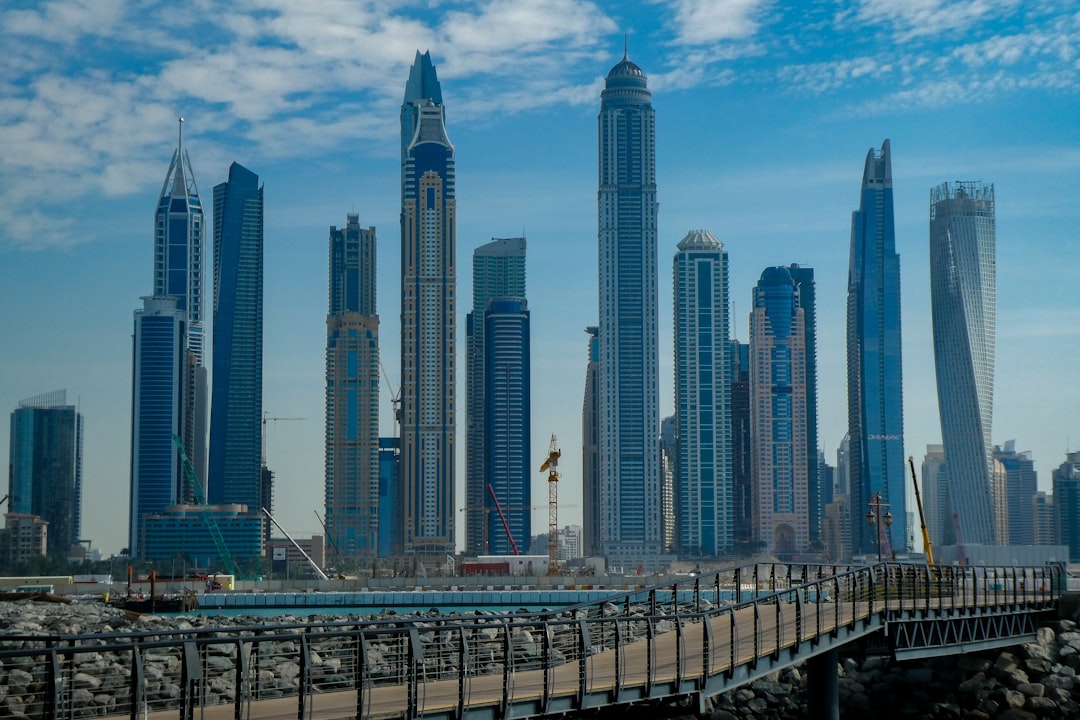Murals have long been a powerful form of artistic expression used to convey messages, beautify public spaces, and create a sense of community. From the colorful streets of Rio de Janeiro to the bustling cityscapes of New York City, murals can be found adorning walls, buildings, and public spaces all around the world.
The process of creating a mural in a public space is a unique and collaborative effort that involves the artist, community members, and often local organizations or government entities. It is a multi-step process that requires careful planning, coordination, and execution. In this blog post, we will explore the intricacies of creating a mural in a public space and highlight the importance of this art form in shaping the cultural landscape of a community.
The first step in creating a mural in a public space is to identify a suitable location. The wall or building chosen for the mural should be in a high-traffic area that is visible to the community. Ideally, the location should also have a connection to the theme or message of the mural. Once a location has been selected, the artist will work with local stakeholders to obtain permission to paint the mural and secure any necessary permits.
The next step in the process is to develop a concept for the mural. The artist will usually work closely with community members, local organizations, or government representatives to brainstorm ideas and themes that resonate with the community. This collaborative approach ensures that the mural reflects the values, history, and culture of the community it represents. Once a concept has been finalized, the artist will create a detailed sketch or mock-up of the mural for approval.
With the concept in place, the next step is to gather materials and prepare the wall or building for painting. This may involve cleaning the surface, applying a primer, and marking out the design with chalk or a grid. The artist will then begin painting the mural, typically starting with the background colors and gradually adding details and textures to bring the design to life. Depending on the size and complexity of the mural, this process can take several days or even weeks to complete.
One of the most important aspects of creating a mural in a public space is community engagement. Throughout the process, the artist will often invite community members to participate in painting sessions, workshops, or events related to the mural. This not only fosters a sense of ownership and pride among residents but also provides an opportunity for individuals to connect with one another and share their stories and experiences.
Once the mural is complete, a public unveiling or dedication ceremony is typically held to celebrate the artwork and its impact on the community. This event may include speeches, performances, and activities that engage residents of all ages. In some cases, the mural may also become a focal point for community events, festivals, or cultural celebrations, further enhancing its visibility and importance in the community.
In addition to their aesthetic value, murals in public spaces can also have a profound social and political impact. They have the power to raise awareness of important issues, provoke thought and dialogue, and inspire positive change. From promoting environmental conservation to advocating for social justice, murals can serve as a platform for voicing the concerns and aspirations of a community.
In conclusion, the process of creating a mural in a public space is a collaborative and transformative experience that brings together artists, community members, and local stakeholders to create art that reflects the values and identity of a community. Through careful planning, creativity, and community engagement, murals have the power to beautify public spaces, inspire social change, and foster a sense of unity and pride among residents. As we continue to appreciate and support the creation of murals in our communities, we can ensure that this timeless art form continues to enrich our lives and shape the cultural landscape of our cities for generations to come.














